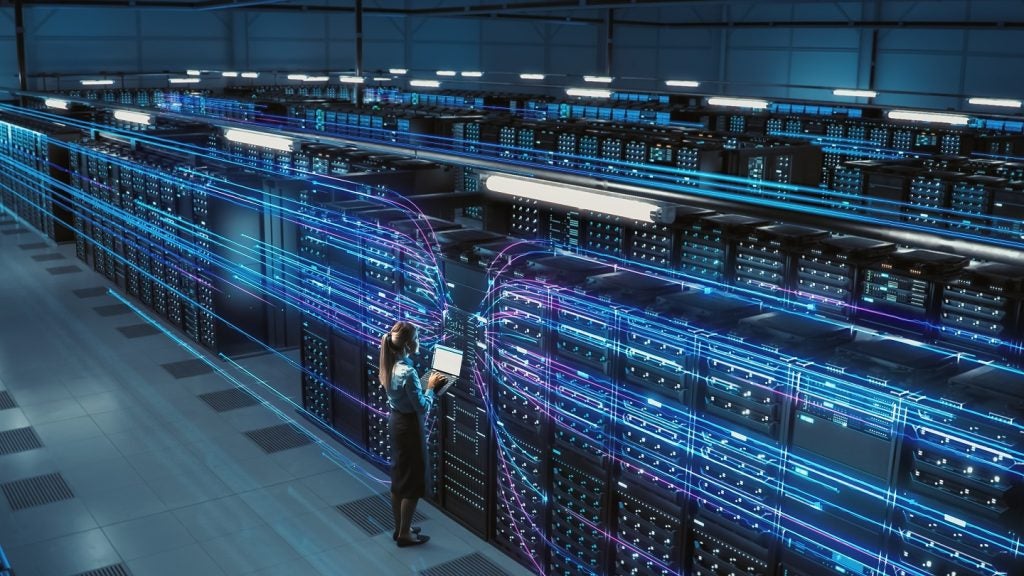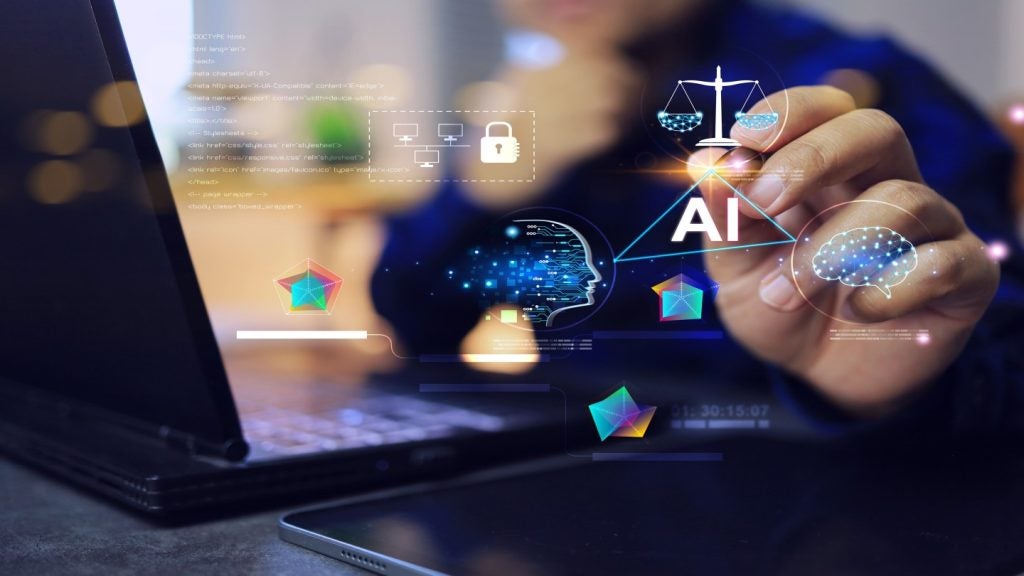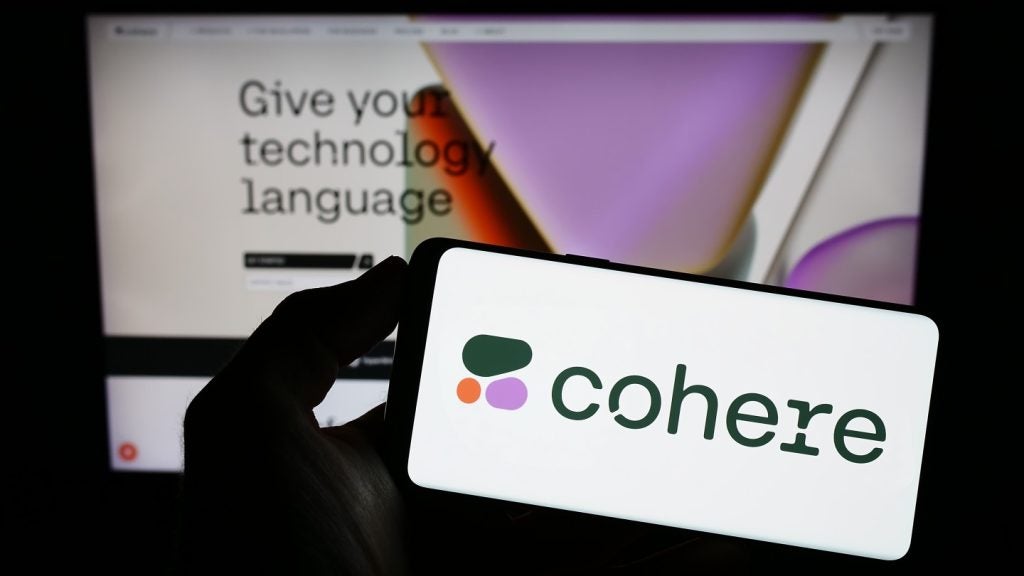Nozomi Networks has filed a patent for a method to detect anomalies in time series data produced by devices in a network infrastructure. The method involves retrieving time series data for each device, extracting time series samples from overlapping time windows, and using a Convolutional Autoencoder to define reconstructed time series values. Anomalies are identified by analyzing the reconstructed values, and devices are flagged when anomalous behavior is detected. The patent also includes evaluating overall loss, comparing elements of the time series data to reconstructions, and marking elements as anomalous based on a predefined number of occurrences. GlobalData’s report on Nozomi Networks gives a 360-degree view of the company including its patenting strategy. Buy the report here.
According to GlobalData’s company profile on Nozomi Networks, facial recognition AI was a key innovation area identified from patents. Nozomi Networks's grant share as of September 2023 was 12%. Grant share is based on the ratio of number of grants to total number of patents.
A recently filed patent (Publication Number: US20230291668A1) describes a method for detecting anomalies in time series data produced by devices in a network infrastructure. The method involves several steps for each device in the network. First, the time series data for the device is retrieved. Then, a Convolutional Autoencoder is used to extract time series samples from the data by sliding time windows with a predefined window size and stride. These samples are then supplied as input to the Convolutional Autoencoder to define reconstructed time series values.
The reconstructed time series values are analyzed to identify anomalous behaviors in the time series data. When at least one anomalous behavior is identified, the method signals an anomaly for the device. The analysis involves evaluating the overall loss of the Convolutional Autoencoder compared to a retrieving time window. If the overall loss exceeds a predefined threshold level, anomalous behaviors are identified. In the analysis, each element of the time series data in the identified time window is compared to the respective reconstruction to precisely identify anomalous values. An element is marked as anomalous if it is classified as anomalous in a predefined number of time windows.
The method also includes normalizing the time series samples before supplying them to the Convolutional Autoencoder. This normalization involves scaling the time series samples through a computerized data processing means. Different types of local scaling are applied to the time series timestamps and values. The local scaling for timestamps is defined by a normal univariate scaling, while the local scaling for values is defined by a max scaling.
The patent also mentions that the predefined window size is equal to 32 and the predefined stride is equal to 1. Additionally, it states that the Convolutional Autoencoder used in the method is a 10-layers deep model. The retrieving process is continuously iterated, and a predetermined number of time series samples are extracted from the retrieved data in a predetermined retrieving time window or for a predetermined amount of data.
Overall, this patent describes a method for detecting anomalies in time series data using a Convolutional Autoencoder and various data processing techniques. The method aims to accurately identify anomalous behaviors in the time series data produced by devices in a network infrastructure.
To know more about GlobalData’s detailed insights on Nozomi Networks, buy the report here.
Data Insights
From

The gold standard of business intelligence.
Blending expert knowledge with cutting-edge technology, GlobalData’s unrivalled proprietary data will enable you to decode what’s happening in your market. You can make better informed decisions and gain a future-proof advantage over your competitors.







